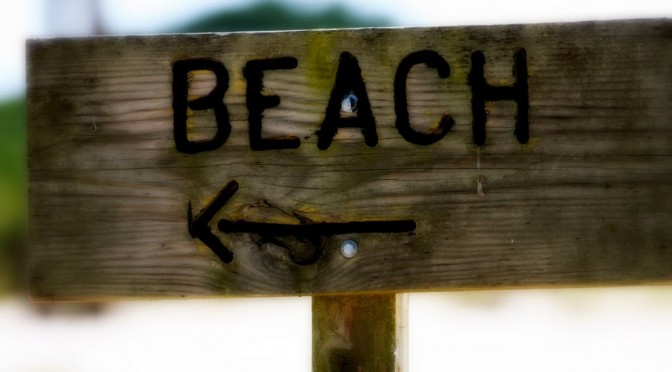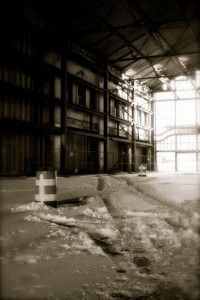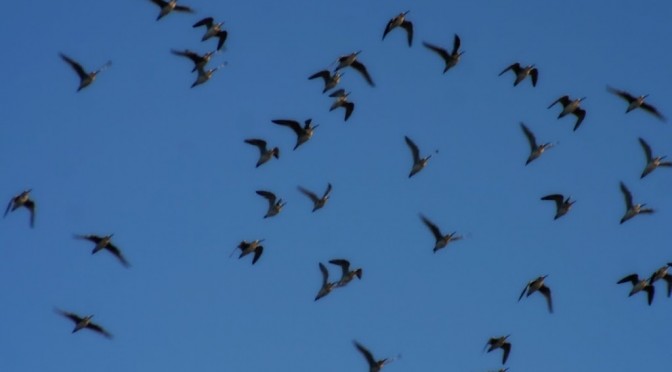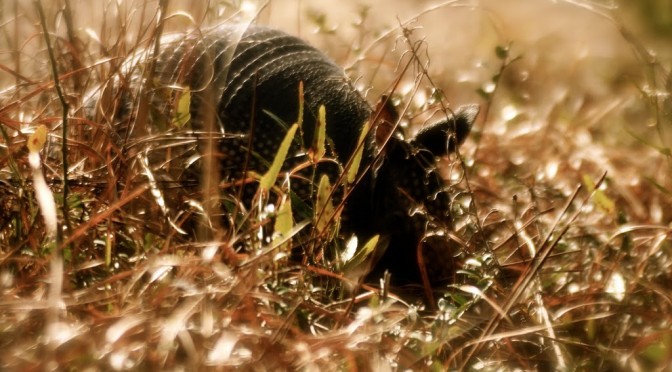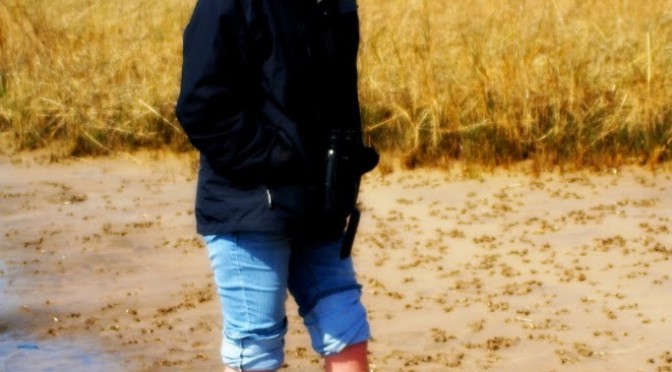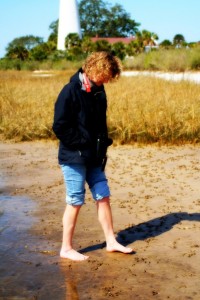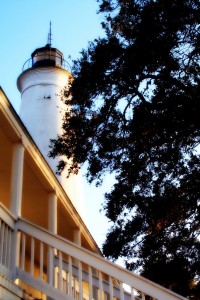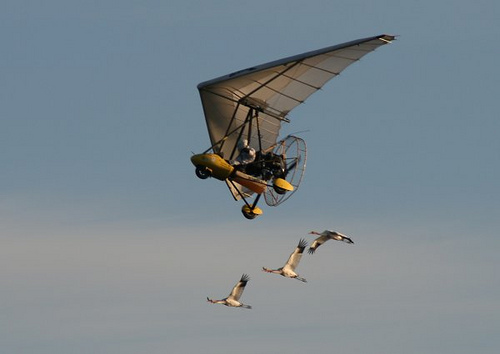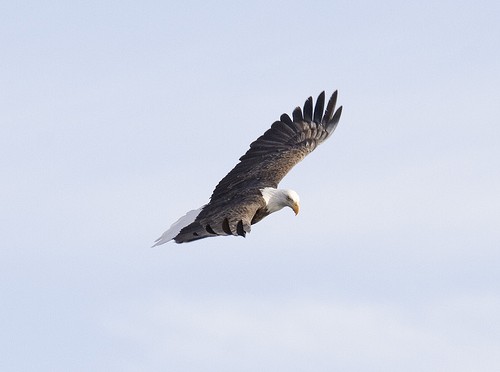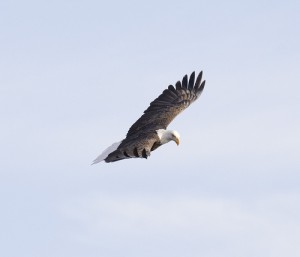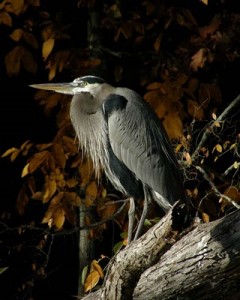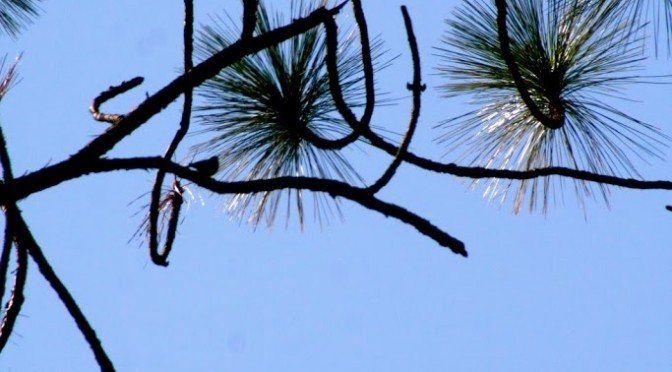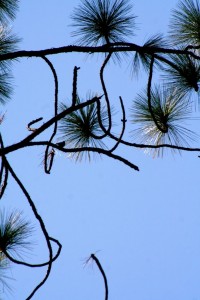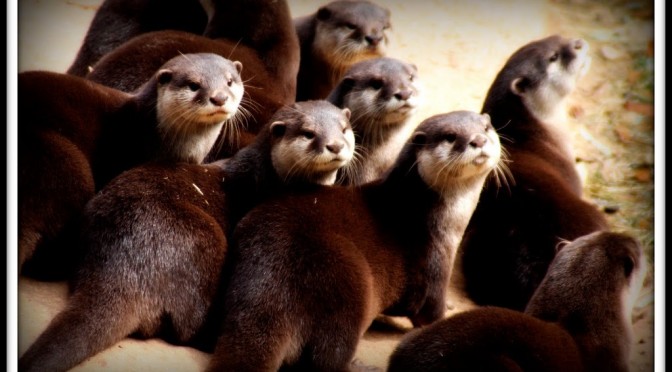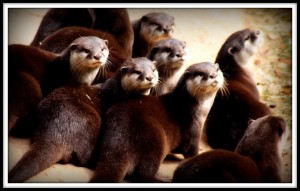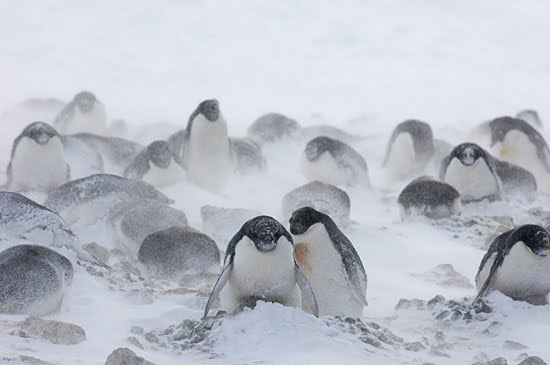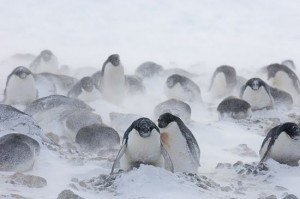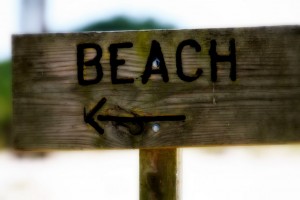 The line of shoes left at the dune fence
The line of shoes left at the dune fence
Sun streaks in your hair
Ghost crabs
Sun-kissed shoulders
Halter tops
Floating docks
When the wind shifts direction
Lavender-infused lemonade
Digging your toes into the sand
The cries of gulls
Orienting your towel to the sun
Sanderlings!
Stopping for black raspberry ice cream on the drive home
Wrap-around porches
Polka-dot bikinis
Your chair at the low tide mark with waves lapping at your ankles
A baby in a white floppy hat meeting the ocean for the first time
The smell of Coppertone
Skeeball
A little pool of water in your belly button
Wading through a sun-warmed tidal pool
The shapes of clouds
Painted toenails
Sandcastles
Monthly Archives: February 2010
More snow
Bad bird photo of the week
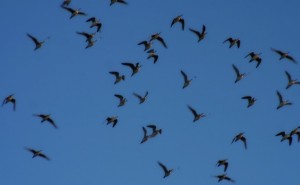 Longish bills, pale bellies, dark wings, chunky birds… um… um… dowitchers?
Longish bills, pale bellies, dark wings, chunky birds… um… um… dowitchers?
I really have no clue and know better what they’re not, which doesn’t help much.
St Marks NWR held a fair number of shorebirds which I mostly ignored in favor of the ducks – no surprise there! Shorebirds are just baffling and I’m almost at the point that I’m ready to tackle them, but don’t know where to begin. I have probably all the books, but wonder if someone can recommend which of them is best.
Armadillo in sunlight
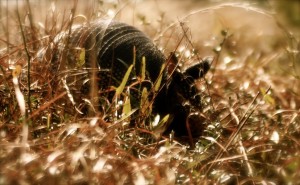 All I know about armadillos I know from FC and Bear, yet I couldn’t help feeling slightly enchanted by this bumbling creature…
All I know about armadillos I know from FC and Bear, yet I couldn’t help feeling slightly enchanted by this bumbling creature…
4
4 in my 39 by 40.
A dream of cranes
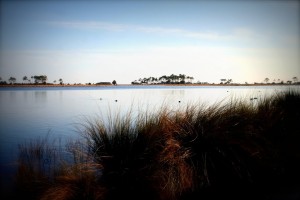 Just once we thought we’d caught a glimpse of white from the horizon, from that far edge between palm trees; a ripple of movement and a rising, the sound of rushing wings and bugled calls: a dream.
Just once we thought we’d caught a glimpse of white from the horizon, from that far edge between palm trees; a ripple of movement and a rising, the sound of rushing wings and bugled calls: a dream.
For centuries, cranes have evoked a strong emotional response… their behavior, unique calls, graceful movements, and stately appearance have inspired art, mythology and legend in cultures around the world.
Their tall, angular figures, made up of so much wing, leg, neck, and bill, counterpoised by so little body, incline the spectator to look upon them as ornithological caricatures. After balancing himself upon one foot for an hour, with the other drawn up close to his scanty robe of feathers, and his head poised in a most contemplative attitude, one of these queer birds will suddenly turn a somersault, and, returning to his previous posture, continue his cogitations as though nothing had interrupted his reflections.
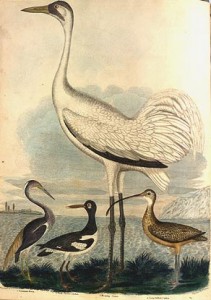 With wings spread, they slowly winnow the air, rising or hopping from the ground a few feet at a time, then whirling in circles upon their toes, as though going through the mazes of a dance, Their most popular diversion seems to be the game of leap-frog, and their long legs being specially adapted to this sport, they achieve a wonderful success. One of the birds quietly assumes a squatting position upon the ground, when his sportive companions hop in turn over his expectant head. They then pirouette, turn somersaults, and go through various exercises with the skill of gymnasts. Their sportive proclivities seem to have no bounds; and being true humorists, they preserve through their gambols a ridiculously sedate appearance.
With wings spread, they slowly winnow the air, rising or hopping from the ground a few feet at a time, then whirling in circles upon their toes, as though going through the mazes of a dance, Their most popular diversion seems to be the game of leap-frog, and their long legs being specially adapted to this sport, they achieve a wonderful success. One of the birds quietly assumes a squatting position upon the ground, when his sportive companions hop in turn over his expectant head. They then pirouette, turn somersaults, and go through various exercises with the skill of gymnasts. Their sportive proclivities seem to have no bounds; and being true humorists, they preserve through their gambols a ridiculously sedate appearance.
–Nathaniel H. Bishop, Four Months in a Sneak-Box, 1879
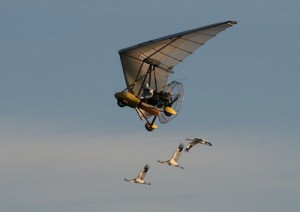 Whooping Cranes exist, now, perilously close to extinction. Various public and private organizations are doing improbable things to rescue them from that sad fate. Cranes historically wintered at only one location: Aransas NWR in Texas, which leaves the entire naturally-occurring population of Whooping Cranes quite vulnerable to disaster. Recovery efforts have thus focused on establishing a second Eastern population of Whoopers that breeds and winters in a separate location. In Florida, I got the chance to meet the ultralight pilot who, as part of Operation Migration, flew a group of twenty cranes from Wisconsin to St. Mark’s NWR and Chassahowitzka NWR to spend the winter there. I also learned (a bit too late!) that the likelihood of seeing a Whooper there is small, as they are secluded away in a far corner of the refuge.
Whooping Cranes exist, now, perilously close to extinction. Various public and private organizations are doing improbable things to rescue them from that sad fate. Cranes historically wintered at only one location: Aransas NWR in Texas, which leaves the entire naturally-occurring population of Whooping Cranes quite vulnerable to disaster. Recovery efforts have thus focused on establishing a second Eastern population of Whoopers that breeds and winters in a separate location. In Florida, I got the chance to meet the ultralight pilot who, as part of Operation Migration, flew a group of twenty cranes from Wisconsin to St. Mark’s NWR and Chassahowitzka NWR to spend the winter there. I also learned (a bit too late!) that the likelihood of seeing a Whooper there is small, as they are secluded away in a far corner of the refuge.
So be it… it’s enough to know that these birds still live in wild places, far beyond the reach of my vision.
For the Whooping Crane there is no freedom but that of unbounded wilderness, no life except its own. Without meekness, without a sign of humility, it has refused to accept our idea of what the world should be like. If we succeed in preserving the wild remnant that still survives, it will be no credit to us; the glory will rest on this bird whose stubborn vigor has kept it alive in the face of increasing and seemingly hopeless odds. –Robert Porter Allen
I’d love to hear your stories of Whoopers, if you have any.
IATB #119: The Cult of Birds
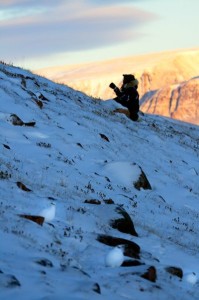
Only slightly less devout are the enthusiasts who keep not only life lists, but year, world, month, country, trip, state, day, competition, day-after-competition, pond, yard and seen-while-driving lists.

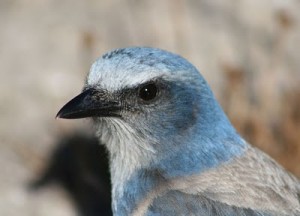
By necessity, birders become specialists in categorizing the birds they see and must develop the virtues of careful observation and ruthless honesty by which a species may be legitimately added to one’s list. And while sightings often occur to individuals, birders do form a unique community of shared experience. It is this sense of community that teaches us to see, to feel and to act in a reverential manner and to understand the frustration a birder feels when birds aren’t where we hope to find them.
I imagine the most fanatical among us drifting off to sleep with visions of 700 birds for their ABA year list or traveling to far-flung locations, visiting newly-restored wetland habitats on the other side of the world, rising at dawn to stand in a freezing cold Minnesota bog, visiting malarial swamps, the tropics (only to see familiar birds in an unfamiliar place), or heaven-forbid New Jersey of all places… so long as there are birds to see. This level of devotion to birds may come at a high expense to one’s personal relationships and provoke heartfelt appeals for the conservation of bird species.
Bad bird photo of the week
They don’t get much worse than this, but it’s a life bird for me! If you dare guess…
Pic taken somewhere in the Apalachicola National Forest in freezing cold Florida.
